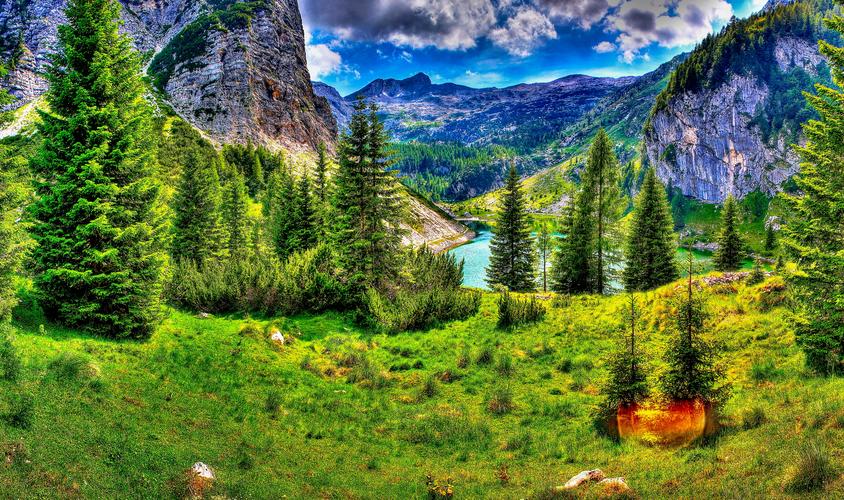Mexico is a country rich in culture and heritage that can be traced back to ancient civilizations like the Maya, Aztecs, and Olmecs. The country spans over 1,964,375 square kilometers, giving it a vast and diverse geographic and cultural landscape. From the vast deserts in the north, to the lush tropical forests in the south, Mexico’s unique geography has shaped its culture over time.
Mexico’s history has been influenced by several civilizations that have left their mark on the country. The Maya people who occupied the Yucatan Peninsula developed a hieroglyph script and built impressive structures such as the Chichen Itza and Tulum. The Aztec Empire, which dominated central Mexico, were known for their skills in agriculture, astronomy, and medicine. Their capital city, Tenochtitlan, was built on an island on Lake Texcoco and had a population of over 200,000 people.
Mexico’s rich colonial heritage is also evident in its architecture. Spanish conquistadors arrived in the country in the early 16th century, and with them came a new religion, culture, and language. Mexican architecture combines indigenous and colonial styles, creating a unique and distinct aesthetic that can be seen in cities like Mexico City, Oaxaca, and Puebla.
Mexican cuisine is another aspect that reflects the country’s rich cultural heritage. Mexican food is a mix of indigenous and Spanish flavors, with a touch of African and Caribbean influences. The country’s national dish, mole, is a rich sauce made of over 20 ingredients including chiles, chocolate, and nuts. Tacos, guacamole, and enchiladas are just a few other popular dishes that are enjoyed across the country.
Mexico is also known for its colorful festivals and celebrations. The Day of the Dead, which falls on November 1st and 2nd, is a holiday that honors deceased loved ones. The tradition dates back to pre-Columbian times when indigenous Mesoamericans believed that the dead returned to the world of the living for one day. The festival is celebrated with colorful parades, food, and decorations. Other popular festivals include the Guelaguetza in Oaxaca and Carnival in Veracruz.
Mexico’s culture is not just confined to its past, it is also evolving and growing with the country. Mexico’s music scene is a perfect example of this. The traditional sounds of Mariachi music have been joined by more contemporary styles like reggaeton, rock, and hip hop. The country also has a thriving film industry that is making waves internationally. Directors like Alfonso Cuaron and Guillermo del Toro have won numerous awards for their work.
In conclusion, Mexico’s rich cultural heritage is a journey through time that covers a vast and diverse landscape. Its history, architecture, cuisine, festivals, and contributions to different art forms make it a unique and fascinating country to explore. As Mexico continues to evolve and grow, its rich cultural heritage will continue to be a source of inspiration and creativity for generations to come.
(Note: Do you have knowledge or insights to share? Unlock new opportunities and expand your reach by joining our authors team. Click Registration to join us and share your expertise with our readers.)
Speech tips:
Please note that any statements involving politics will not be approved.
